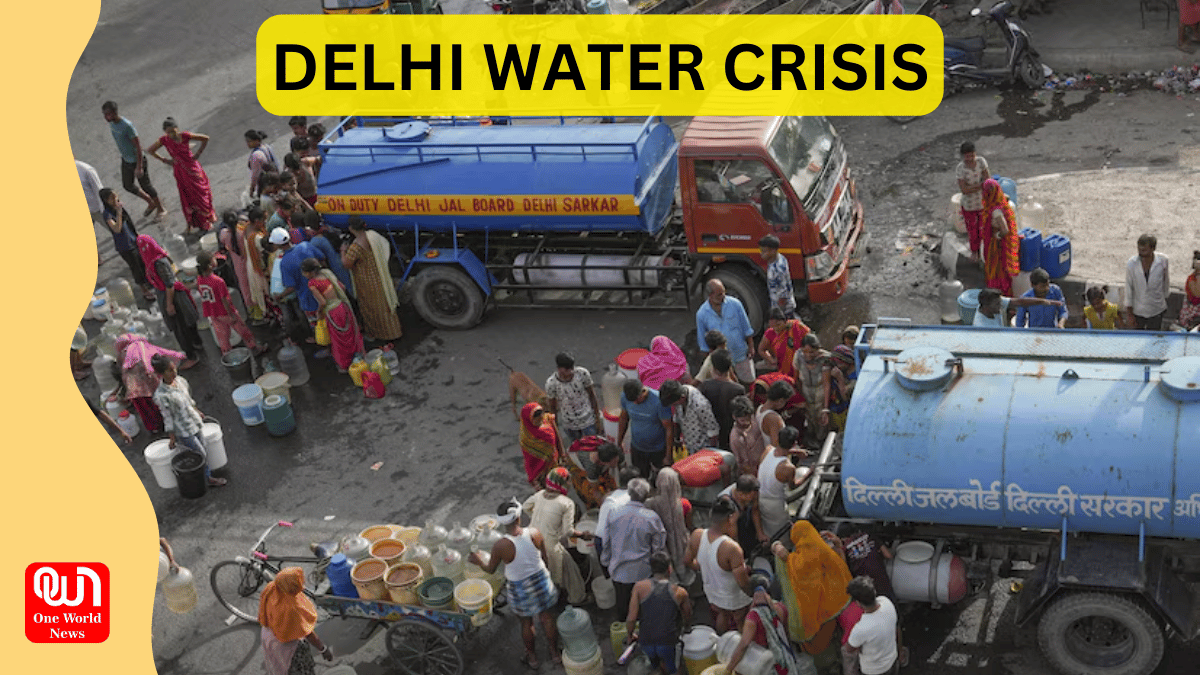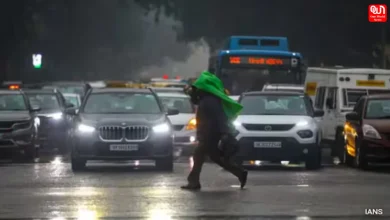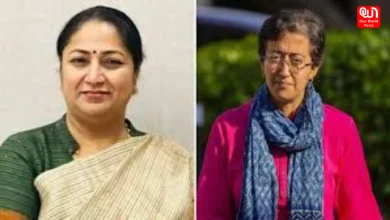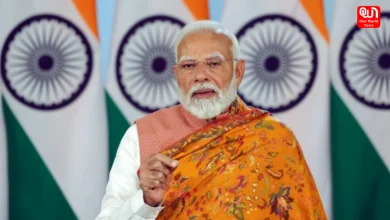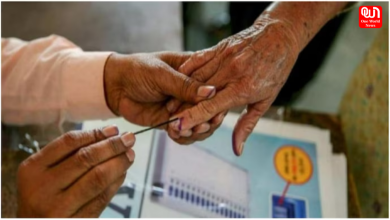Water Crisis Hits Lutyens’ Delhi: Residents Brace for Limited Supply
Water crisis grips Lutyens' Delhi as NDMC announces severe supply cuts due to dwindling reservoir levels and reduced water treatment capacity.
Water Crisis in Lutyens’ Delhi: Severe Supply Cuts Amid Dwindling Reservoir Levels
In a worrying development for all residents and businesses in Lutyens’ Delhi, the New Delhi Municipal Council (NDMC) has declared drastic reductions to water supply in areas including Tilak Marg and Bengali Market. Underground sources, the NDMC said, were far from adequate and could be as low as forty percent below what these regions required, thus ensuring that water woes deepened in the core of the city.
Read more: Pune Porsche Tragedy: Teen’s Mother Arrested for Tampering with Blood Evidence
The situation has been worsened by declining water concerns at Wazirabad barrage, which is a raw water intake point to most important treatment plant in Delhi. Newspaper articles and other current records show observable declines of water levels in the barrage raising questions on the continued viability of water treatment plant.There is worry on the future capacity of water treatment that serves New Delhi, central Delhi, and parts of northern Delhi.

Several sections of Lutyens’ Delhi have been pointed out by NDMC officials as some of the places that stands to lose some of its water supply significantly and these include among others; Ashoka Road, Barakhamba and Windsor Place. This indicates that such an acute supply reduction experience is unprecedented in the chronologically water-secure regions.
Unlike other areas of Delhi where DJB operate and supply water, NDMC has direct responsibility for water supply network in New Delhi, but receives raw water delivered by DJB. Because of the scarcity, NDMC he embarked on measures to address this issue; Depending on the quantity supplied and the demand, NDMC will supply water tankers on request, in addition, residents have been advised to use water wisely. They have also discouraged people from using water in activities that are not related to need such as washing of cars.
People, who are struggling with fewer supply hours in supply and worse water quality, are under pressure now. As stated by one of the inhabitants of the area Alka Batra the pressure of water had reducing significantly, which means that such utilities as water pumps and filtration systems for residential purposes were impacted.
However, attempts are being made to minimize the shortfall at Wazirabad water treatment plant by reusing the water and fine tuning the treatment techniques. Other officials are concerned that If water is not released to the city in greater quantities, Delhi may remain without water until monsoon season arrives.
We’re now on WhatsApp. Click to join.
As the situation unfolds, authorities are closely monitoring water levels and urging cooperation from neighboring states to stabilize Delhi’s water supply, underscoring the critical need for sustainable water management practices in the region.
Like this post?
Register at One World News to never miss out on videos, celeb interviews, and best reads.

